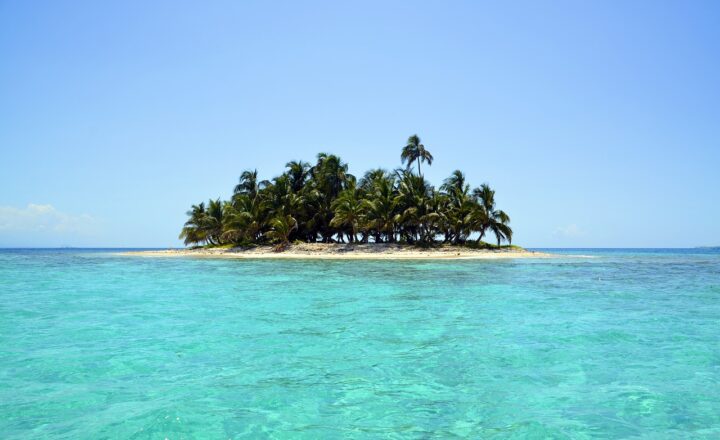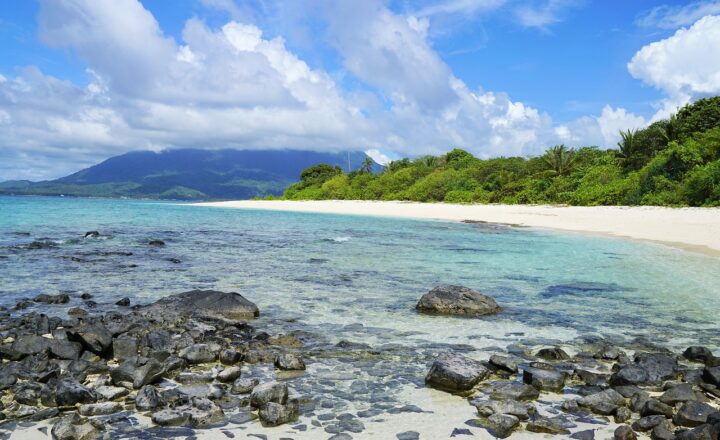The Fascinating Wildlife Found Only on Remote Islands Across the Globe
November 16, 2024

Remote islands around the world are home to some of the most unique and fascinating wildlife found anywhere on Earth. Isolated by vast oceans, these islands often harbor species that have evolved in peculiar ways, resulting in a rich tapestry of biodiversity that is unlike any other. In this article, we will explore several remote islands and the extraordinary wildlife that calls them home, uncovering the secrets of evolution and adaptation in isolated environments.
Why Island Ecosystems Are Unique
Island ecosystems are distinct for several reasons, primarily their geographical isolation. The phenomenon of island biogeography explains how species evolve in isolation, often leading to high rates of endemism—species that are found nowhere else on Earth. These ecosystems are shaped by various factors:
- Limited Geography: Due to their small land area, resources are limited, prompting species to adapt uniquely to survive.
- Reduced Competition: Lesser competition for resources can lead to the evolution of specialized habitats.
- Human Impact: Remote islands often face distinct environmental pressures due to human activities, which can lead to both threats and conservation efforts for the wildlife.
These characteristics culminate in some of the most extraordinary wildlife adaptations seen on our planet.
1. The Galápagos Islands: A Cradle of Evolution
Perhaps the most famous remote islands for wildlife are the Galápagos Islands, located in the Pacific Ocean. They are well-known for their role in Charles Darwin’s theory of evolution by natural selection. The islands host unique species such as:
- Galápagos Tortoise: The largest species of tortoise, it can weigh over 500 pounds and live for over 100 years. These tortoises have adapted to their specific habitats, showcasing remarkable diversity across the islands.
- Marine Iguanas: The only iguanas that have adapted to life in the sea. They can dive underwater to forage for algae, demonstrating an incredible evolutionary response to their coastal environment.
- Darwin’s Finches: This group of birds has evolved to occupy various niches, showcasing a great range of beak sizes and shapes, depending on their dietary needs.
The Galápagos Islands continue to be a hotspot for scientific research and conservation efforts, helping to safeguard their unique species from threats.
2. Madagascar: An Island of Endemism
Madagascar is renowned for its unique biodiversity, with about 90% of its wildlife found nowhere else on Earth. Some examples of remarkable species include:
- Lemurs: Madagascar is the only place to find lemurs, a group of primates that range from the tiny mouse lemur to the larger indri. Each species has adapted to a variety of habitats, resulting in a unique evolutionary lineage.
- Aye-Aye: A nocturnal lemur known for its peculiar method of finding food using a long, thin middle finger to tap on trees and locate insects.
- Madagascan Basilisk: Known as the “Jesus Christ lizard,” this species can run across water thanks to its specially adapted feet, showcasing an incredible adaptation to island life.
The isolation of Madagascar has led to high levels of endemism, and conservationists work tirelessly to preserve these unique ecosystems amid significant environmental threats.
3. New Zealand: Home of the Kiwis
New Zealand’s islands feature a fascinating array of wildlife, much of which evolved without the presence of land mammals. Notable species include:
- Kiwis: Flightless, nocturnal birds that are emblematic of New Zealand. They have long beaks adapted for foraging in the ground, which makes them vulnerable to invasive species.
- Takahe: Another flightless bird, the Takahe, was once thought to be extinct, but conservation efforts have helped stabilize their population.
- Tuataras: Considered “living fossils,” tuataras are reptiles that resemble lizards but belong to a unique order called Rhynchocephalia, making them one of the most ancient lineages of reptiles alive today.
The isolation of New Zealand has led to rich evolutionary patterns and adaptations, making it critical to implement effective conservation strategies.
4. The Hawaiian Islands: A Biodiversity Hotspot
The Hawaiian Islands are known for their incredible biodiversity, with many species unique to the islands that have evolved due to extreme isolation. Unique wildlife found here includes:
- Hawaiian Nene (Goose): The only native goose of Hawaii, showcasing adaptations to living in the volcanic terrain and forested areas of the islands.
- The Hawaiian Monk Seal: An endangered species that is one of the few seals that live in tropical waters.
- Hawaiian Honeycreepers: A group of birds with various beak sizes and shapes adapted to different food sources such as nectar, insects, or seeds.
Efforts to protect the unique ecosystems and wildlife of Hawaii are ongoing, with the aim of preserving these jewels of biodiversity.
5. The Falkland Islands: Unique Seabird Colonies
The Falkland Islands, located in the South Atlantic, are known for their rich seabird populations and marine life. Key wildlife includes:
- King Penguins: The second largest of the penguin species, known for their vibrant colors and complex breeding behavior.
- Black-browed Albatross: An impressive seabird that has one of the largest wingspans of any bird, allowing it to glide over the oceans effortlessly.
- The Southern Elephant Seal: The largest species of seal, characterized by the males’ large size and distinctive nose. They spend a significant portion of their life at sea.
The unique geography and climate of the Falkland Islands create a rich habitat for seabirds and marine life, making it vital to manage conservation practices to maintain these populations.
Conclusion: The Importance of Conservation
The wildlife found on remote islands across the globe is not just fascinating but also critical for understanding the principles of evolution, biodiversity, and the interconnectedness of ecosystems. However, these unique creatures and their habitats are often threatened by climate change, invasive species, and human activities.
By raising awareness about the importance of conserving these isolated ecosystems and their inhabitants, we can help ensure the survival of these remarkable species for generations to come.
As we continue to explore and appreciate the wonders of wildlife found on remote islands, let us remember our responsibility to protect them, so that future generations can enjoy their splendor as we do today.








